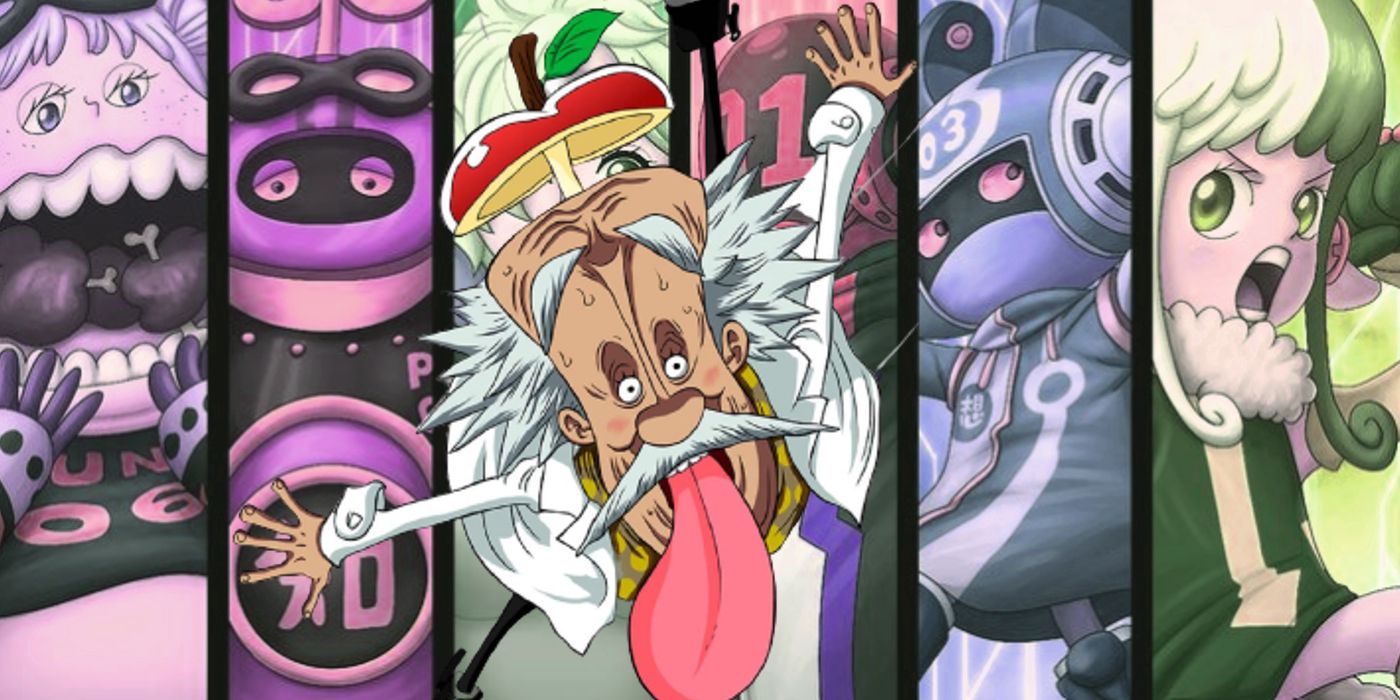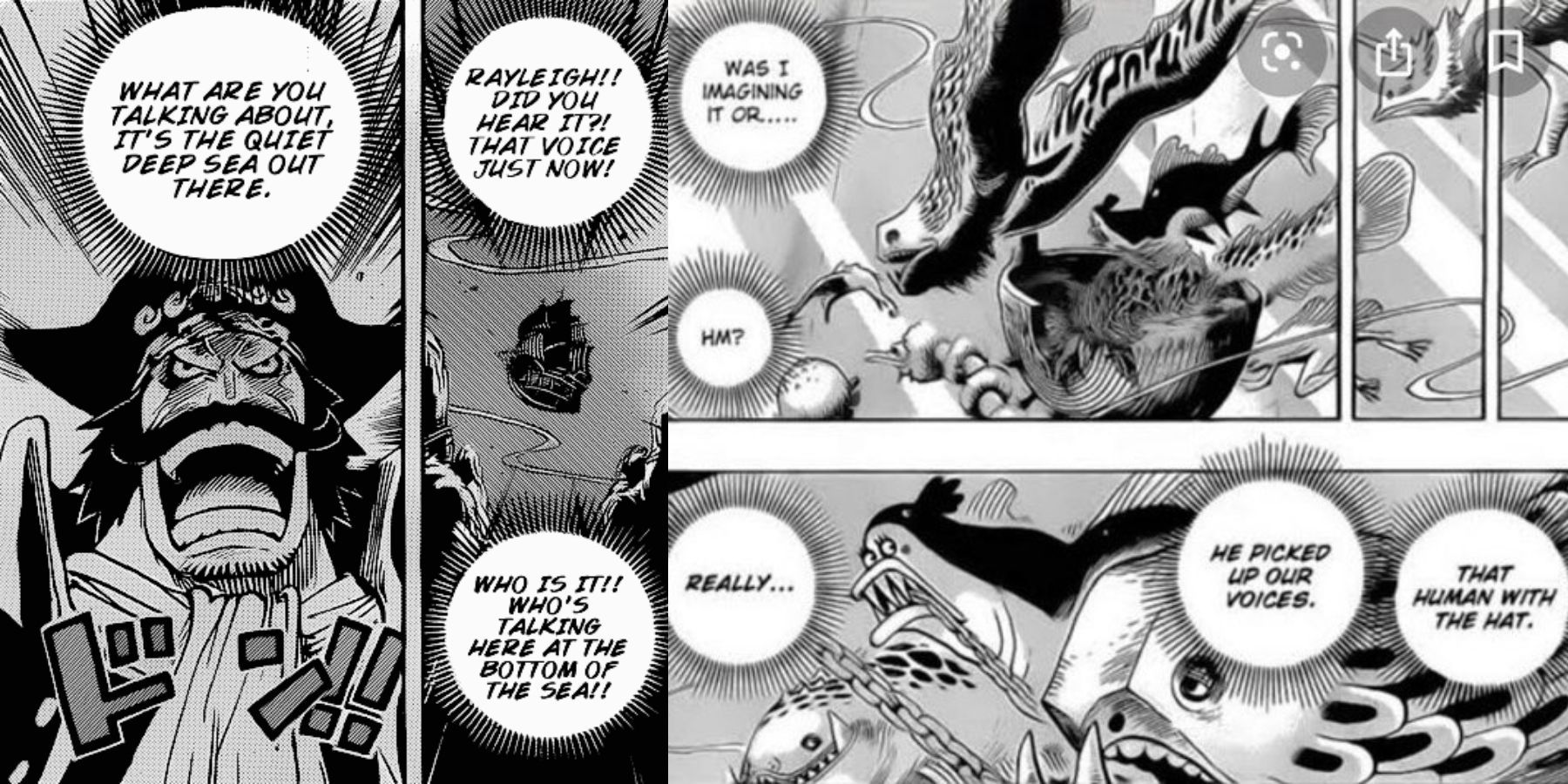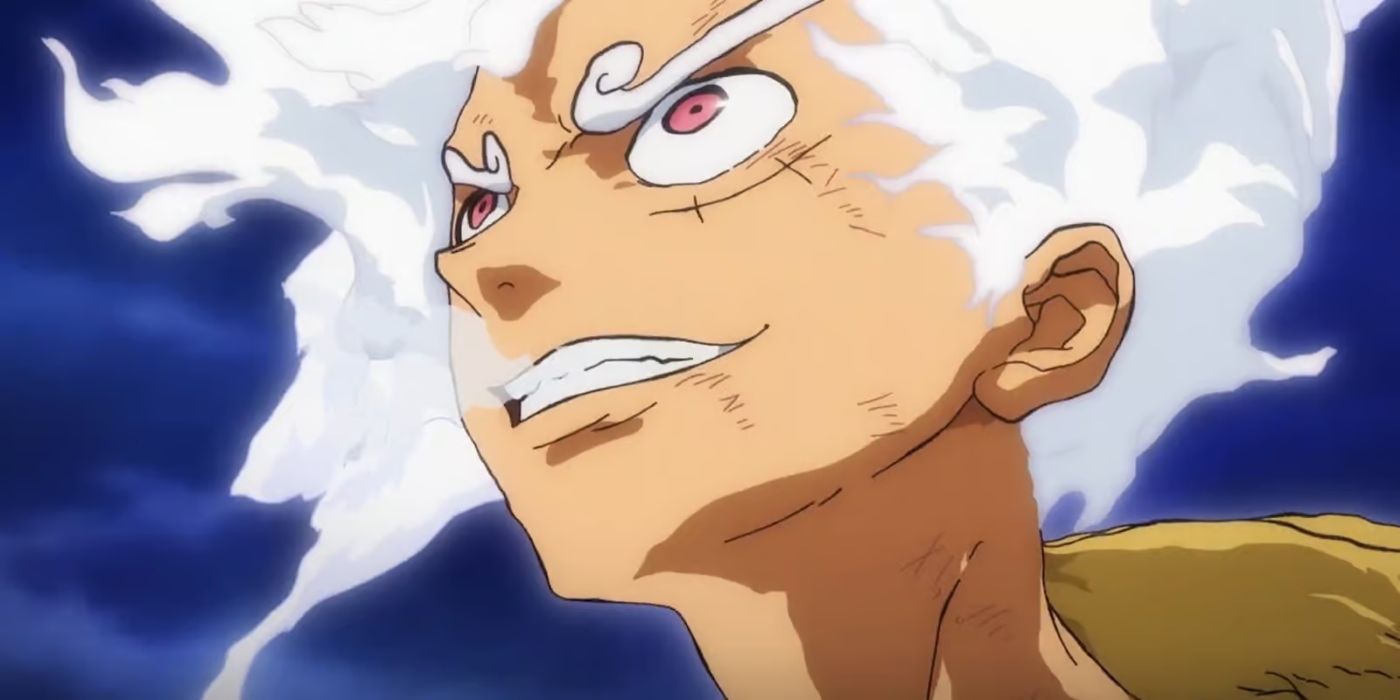One Piece is undoubtedly one of the most popular manga series ever created, and while much of its appeal stems from the anticipation of uncovering the mystery of the final treasure, the series’ protagonist, Monkey D. Luffy, plays a crucial role in its success. Eiichiro Oda, the creator of the series, designed Luffy to stand out as one of the most unique protagonists in the Shōnen genre. From the beginning, the series showcased Luffy missing one trait commonly seen in the Shōnen protagonists.
Luffy lacked the chosen one trope, a narrative element prevalent in almost every other Shōnen protagonist. This trope typically provides a compelling foundation, positioning the protagonist for a journey filled with obstacles that they must overcome to achieve their dreams. The epitome of this narrative is found in One Piece‘s strong rival, Naruto, which showcased its titular protagonist with a demon inside him, making his journey of chasing his dream even more compelling and poignant.
Pre-Timeskip Luffy Is a Testament to Why He Is the Most Unique Shonen Protagonist
Before the timeskip, Luffy Showcased None of the “Chosen One” Traits Typical of Shonen Protagonists
However, Luffy lacked this foundational trope from the start. His desire to become the King of the Pirates wasn’t born from destiny but was instead inspired by his admiration for Red-Haired Shanks. Yet, Luffy’s unique journey as an unconventional protagonist began to shift, especially after the timeskip. Oda gradually introduced elements that aligned Luffy with the typical chosen one traits, altering his character in ways that diminished his distinctiveness.
At the beginning of the series, Luffy’s desire to become a great pirate, by extension, the King of the Pirates, stems from his deep admiration for Shanks. While the reasoning behind Luffy’s goal has evolved as the series progressed, the initial motivation was clearly rooted in his admiration for Shanks. This led Luffy to embark on his journey with little more than a vague plan and without a deeply compelling reason, setting him apart from other Shōnen protagonists. This approach introduced a unique perspective to the typical Shōnen protagonist’s pursuit of their dream, highlighting Luffy’s spontaneity and unorthodox path.

One Piece’s smartest man figured out a way to live forever, but new hints suggest he may have stolen the idea from the series’ most mysterious foe.
The pre-time-skip Luffy never showcased any monstrously overpowered abilities, overcoming every obstacle through sheer willpower and not giving up. Unlike typical Shonen protagonists, Luffy wasn’t granted an inherently powerful ability and thus, he worked tirelessly to master his unique power, growing stronger by facing perilous challenges. His development of Gear 2 and Gear 3 further highlighted Luffy’s hard work and his unique thinking on how to gain control over his powers.
This is a testament to how Oda crafted Luffy not as a character destined for greatness but as one who earned his success through hard work and perseverance. However, the first hint of Luffy being the chosen one emerges in One Piece Chapter #647 when he hears the “voice of all things.”
Oda Shifted Luffy Toward the “Chosen One” Trope After the Timeskip
After the Timeskip, Luffy’s Character Changed for the Worse, Increasingly Displaying the Typical Traits of a Shonen Protagonist

Fish-man Island was the first arc to introduce Luffy’s enigmatic ability to hear mysterious voices, now known as “voices of all things”. This arc also revealed that One Piece’s former Pirate King, Gol D. Roger, possessed the same ability, reinforcing the idea that Luffy was destined to follow in his footsteps. This ability not only sets Luffy apart but suggests that it might be an essential trait for anyone fated to become the Pirate King. While this unique ability hints at Luffy’s special destiny, his Gear 5 transformation has further solidified his role as the chosen one.
Luffy’s Gear 5 transformation stands out because, unlike his previous transformations, it wasn’t the result of hard work. Gear 4, for instance, was born from two years of rigorous training, driven by Luffy’s determination to protect his crew and prevent them from suffering the same fate as his brother, Ace. In contrast, as the Wano arc progressed towards its climax, the story began hinting that the devil fruit Luffy consumed was no ordinary fruit. It possessed a “will” of its own, capable of choosing its wielder, forcing Luffy to be the destined one from the very beginning.

While Luffy’s acquisition of great powers already positioned him as the destined one, the remarks made by the enigmatic Zunesha during his Gear 5 transformation take this notion even further. In One Piece Chapter #1043, as Luffy begins to transform into Gear 5 appearance, Zunesha exclaims, “Joyboy has returned,” referencing a mysterious figure from the past who, as the series gradually reveals, possessed the same abilities that Luffy now holds.
All of these points underscore how One Piece is increasingly positioning Luffy as a chosen one protagonist, aligning him more with typical Shonen hero traits. This shift is especially noticeable given that before the timeskip, One Piece had established a strong foundation for Luffy as the most unique and unconventional shonen protagonist.





